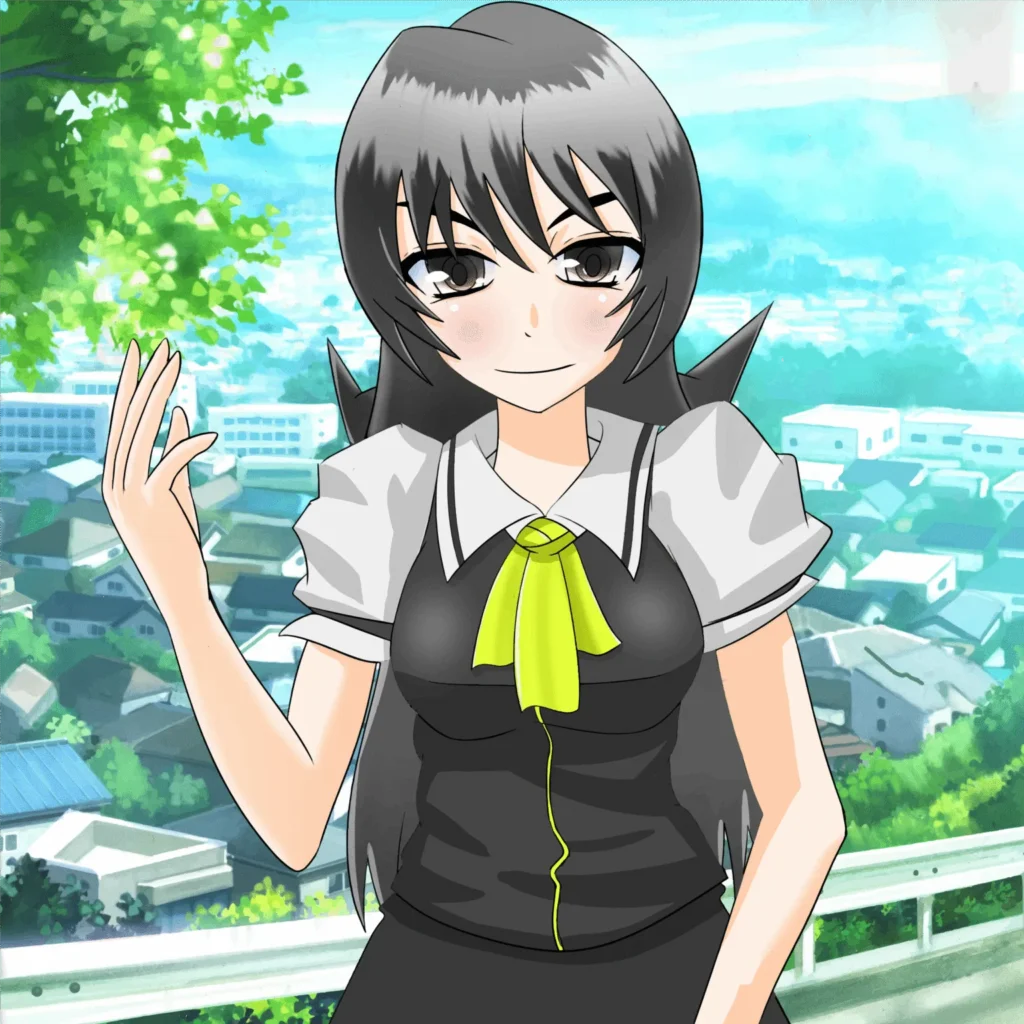The Rise of the Anime Girl in Global Pop Culture
By Blake Anderson, anime writer
In the kaleidoscopic world of anime, one figure stands at the cultural crossroads of art, identity, and influence: the anime girl. With her oversized eyes, vividly expressive emotions, and often gravity-defying hairstyles, the anime girl is not just a character type—she is a symbol, a mirror, and, increasingly, a global archetype. From Tokyo subways to Times Square billboards, the image of the anime girl has transcended genre to become an icon of digital age femininity, complexity, and creative freedom.
What began as a visual shorthand for youth and innocence in postwar Japanese animation has evolved into something far more nuanced—and far more international.

Cultural Origins and Artistic Intent of Anime Girl
The anime girl’s story begins with the evolution of modern Japanese animation in the 1960s and ’70s. Osamu Tezuka, often referred to as the “God of Manga,” introduced large expressive eyes—a feature now synonymous with anime—to capture emotional subtlety in his characters. These design choices weren’t purely stylistic; they served a narrative function, allowing creators to convey deep emotional ranges with minimal frames and tight production budgets.
As the medium matured, so did its characters. Female leads began to appear in science fiction, romance, and action genres. Whether it was Sailor Moon’s intergalactic feminism or Major Motoko Kusanagi’s cyberpunk existentialism in Ghost in the Shell, anime girls expanded to reflect Japan’s own cultural tensions around gender, technology, and society.
From Archetype to Anime Girl Agency
Critics often view the anime girl through the lens of archetype: the shy schoolgirl, the tsundere (hot-and-cold love interest), the stoic warrior. These roles, though formulaic at first glance, offer fertile ground for creative subversion. Series like Revolutionary Girl Utena and Puella Magi Madoka Magica have turned the “magical girl” trope on its head, using their heroines to critique systems of power, sacrifice, and selfhood.
At their best, anime girls are not passive eye candy—they’re philosophical vessels. They wrestle with identity, isolation, trauma, and resilience in ways that resonate deeply with audiences both in and outside Japan. In short, they are as complex and conflicted as any leading figure in Western drama.
Globalization and the Internet Effect

The anime girl’s rise to global stardom can’t be separated from the digital tools that have spread her image. Streaming platforms like Crunchyroll and Netflix have made anime accessible to audiences worldwide. Social media platforms—TikTok, Instagram, YouTube—are saturated with anime girl avatars, fan edits, memes, and aesthetic homages. Virtual influencers like Kizuna AI or VTuber stars such as Ironmouse and Gawr Gura blend real-time interaction with anime-inspired design, blurring the line between fiction and reality.
In this digital landscape, the anime girl isn’t just a character. She’s an identity framework. Cosplayers, fan artists, and content creators across cultures borrow her visual language to tell their own stories, express gender fluidity, or simply indulge in escapist whimsy.
Commercialization and Controversy
With popularity, however, comes commodification—and scrutiny. The anime girl is frequently at the center of debates about sexualization, representation, and cultural appropriation. Critics argue that certain depictions reduce female characters to infantilized fantasies. Others push back, highlighting how anime gives female characters narrative complexity that rivals—if not exceeds—that of many Western media counterparts.
Brands are taking notice. From Uniqlo’s anime collections to Louis Vuitton featuring Final Fantasy’s Lightning in an ad campaign, the anime girl has become a marketing tool that taps into both nostalgia and futurism. But the question remains: can this figure maintain her integrity as both muse and merchandise?
A Mirror for the Modern Age

Whether she’s leading a space fleet, grappling with lost love, or streaming as a virtual pop star, the anime girl remains one of the most adaptable and symbolic figures in modern visual storytelling. She is at once a product of Japan’s postwar imagination and a citizen of the internet. She can be innocent, subversive, feminist, fetishized, or all of the above—often at once.
Perhaps what makes the anime girl so enduring is her duality. She is a surface—often literally drawn—and yet carries a surprising depth that invites viewers to project, reflect, and relate. She is global, digital, and emotional. In a world increasingly defined by avatars and alter egos, she might be the most relevant fictional figure of our time.
FAQ: Understanding the Anime Girl Phenomenon
What is an “anime girl”?
An anime girl refers to a female character from Japanese animated shows or films, often distinguished by exaggerated facial features such as large eyes and vibrant hair. These characters span a wide range of personalities and roles—from innocent schoolgirls to powerful warriors—and are central figures in anime storytelling.
Why are anime girls so popular worldwide?
Anime girls have gained global popularity due to their emotional depth, visual appeal, and adaptability. Through streaming platforms and social media, fans across cultures have connected with these characters, often relating to their personal struggles, aesthetics, or empowerment arcs.
Are anime girls only for male audiences?
No. While some anime girls have been created with a male audience in mind, the diversity of character types and stories appeals to all genders. Many series with strong female leads—such as Sailor Moon, Attack on Titan, or Violet Evergarden—have large, dedicated female and non-binary fanbases.
Is there controversy around the depiction of anime girls?
Yes. Critics have raised concerns about oversexualization, unrealistic body standards, and infantilization in certain portrayals. However, many fans and scholars argue that anime also offers nuanced, complex, and empowering representations of women that are often lacking in Western media.How have anime girls influenced fashion and internet culture?
Anime girl aesthetics—think colorful hair, oversized sweaters, school uniforms, and expressive makeup—have inspired global trends in fashion, especially in cosplay and streetwear. Online, anime girl avatars and personas are widely used by influencers, VTubers, and digital creators.
What’s the difference between an “anime girl” and a “VTuber”?
A VTuber (Virtual YouTuber) is a real person who uses an anime-style avatar to interact with audiences online, often in livestreams or video content. While inspired by anime girls in design, VTubers are part of a newer wave of interactive, internet-based entertainment blending reality and fiction.
About the Author: Blake Anderson
Blake Anderson is a media journalist and pop culture analyst with a focus on global animation, digital subcultures, and the intersection of identity and technology. With a background in cultural studies and years of experience reporting on internet trends, anime, and virtual entertainment, Blake brings sharp insight into how fictional icons shape real-world conversations. His work has appeared in digital features across major platforms, where he explores everything from anime archetypes to the rise of virtual influencers.